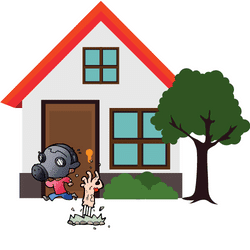
Radon is a naturally occurring radio active gas produced by the breakdown of uranium in soil, rock, and water. It often enters the home or workplace due to the air pressure inside a building being lower than pressure in the soil around your building’s foundations. Therefore, if affected, you NEED TO KNOW how to reduce Radon.
Because of the pressure differential, radon gas is drawn up into the property through cracks and openings in the foundations and floor slabs.
Radon gas also has the capacity to bubble up into well water where it can be released into the building when water is drawn through a tap (faucet) or shower etc.
However, radon gas released into a building through the soil is at a much greater risk level than that released through a water supply. While you should be aware of radon release through water, the focus should initially be on release from the ground.
In most countries’ where areas are prone to radon release, radon gas in soil is the principal source of elevated levels in homes.
RADON IS A CANCER-CAUSING, RADIO ACTIVE GAS
Radon is estimated to cause tens of thousands of lung cancer deaths each year.
In fact, radon has been stated as being the second leading cause of lung cancer in Western Countries after smoking.
Additionally, if you smoke and your home is prone to radon release, your risk of lung cancer is especially high.
So how do you reduce radon in your home?
Well first of all you need to know it’s there, and in what quantities.
Radon is a colourless, odourless radioactive gas which is a by-product of the decay in small amounts of uranium that occur naturally in all rocks and soils.
Why is this a problem?
Radiation is a form of energy which can cause damage in living tissues increasing the risk of cancer.
If trapped within a building it can be a cause of lung cancer. Similarly, if it is trapped within the water supply, although to a much lesser level, it can be ingested and promote stomach cancer.
It is created because radioactive elements in certain types of rock formation decay and emit radiation, and any exposure to this type of radiation is a risk to health.
How can I check if I live or work in a radon prone area.
Fortunately in most countries’ radon gas release is not a state secret but recognized as a serious threat to public health in areas that are prone.
Therefore, most countries’ and most local or state authorities hold freely available geological information on where radon release is most likely to occur.
Radon gas is a naturally occurring health hazard, not a man made problem. Therefore, if you live in an industrialized area, this is not an indicator of potential radon gas release. It is totally geological…
How to reduce Radon. Get started.
The key to reducing radon levels in your property firstly starts with establishing whether you are in a radon gas prone area, and then whether your building is retaining radon gas and to what level.
As radon levels fluctuate daily, and are prone to alterations caused by the weather, then it’s important to understand that you need a long term view to establish an average. Typically, this would require monitoring for an initial period of about 3-months.
While this might sound complicated, it’s actually very straight forward and passive.
There are numerous detectors and measuring devices for radon that you can purchase and use at home.
The simplest form of radon gas detector is a passive test kit.
A passive test kit typically contains two detectors which sample the surrounding air gathering information within a special absorbent core. You would place one in the main living area and one in a bedroom.
After 3-months you simply post the detectors back to a registered laboratory that has the address supplied with the kit. The detectors are then analysed and a report sent back to you.
This is your first step in determining whether your home or office is at risk from radon release, and to what extent.
See examples of radon test kits HERE, along with best prices and fastest availability…
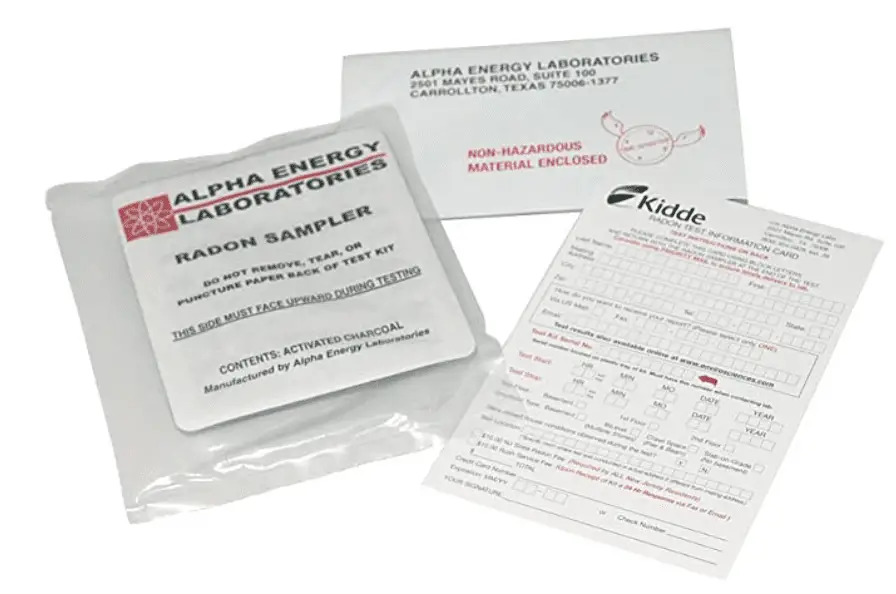
How to reduce radon – 5 Top Tips
Having established you are in a radon prone area and have confirmed levels of gas in your property above the safe exposure limit, there are numerous DIY methods you can use to see whether you can reduce and control the levels yourself, or whether you need to bring in professional help.
These 5- methods are simple and cheap ways of preventing a harmful build up of radon gas in your home or workplace.
1). Keep Your Property Well Ventilated.
Experiment with ventilation by opening windows and vents to ensure air is flowing throughout the house. Radon very quickly dilutes when mixed with free flowing air. That’s why it would never cause a health problem outside. It dilutes and dissipates into the atmosphere before it could ever be an issue.
However, relying on this method has its drawbacks as continually ventilating a home or office by the open window method can be uncomfortable in the winter, a nuisance in the summer through loss of conditioned or chilled air, costly in fuel bills and a security risk.
Additionally, once the ventilation stops, then radon levels can return to its peak within 12 hours.
If ventilation is going to be a preferred method then it would be a good idea to combine it with a more advanced radon gas monitor that can give sample readings on a daily basis.
See examples of advanced monitors HERE, along with best prices and fastest delivery times.
2). Sealing Doors, Windows and Access Points.
Draught excluders and rubber seals are an inexpensive way to seal around doors and other access points in a building. This can be beneficial if the aim is to reduce radon levels in basements.
Use in conjunction with caulking for a greater effect.
Click HERE for draught excluders.
3). Use Caulking to Seal Cracks and Joints
Caulking products are very easy to apply fillers that are used with an applicator gun. It will enable you to seal radon entry points in floors, walls and cracks around window frames etc where radon can potentially seep into a building.
This isn’t a standalone method but effective when used in conjunction with other methods. However, it wouldn’t take into account radon seeping through a porous concrete slab for example.
Click here for caulk products and applicator guns.
4). Clear Natural Underfloor Ventilation
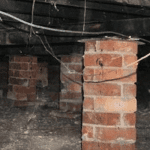
Homes with a suspended ground floor and space underneath (crawl space) often have underfloor vents. Over time these can become blocked with foliage or dirt.
Clear the obstruction to improve the ventilation.
Sometimes they may have to be replaced by a builder if they have been intentionally blocked with cement or cavity wall insulation. However, this should only be a relatively small job for an experienced builder, but get a couple of quotes first.
5).Sealing Larger Cracks and Gaps
Radon often enters buildings through the ground. Sealing large cracks and openings in floor slabs with concrete or similar is a must. Similarly, if you have tongue and groove wooden floorboards, seal up cracks or gaps with a flexible wood filler, and if you have a trap door make sure that is sealed with a draught excluder or wooden seal.
As well as preventing radon entry, sealing up gaps and cracks is good for saving energy and your personal levels of comfort.
The main aim of sealing cracks and entry points is to encourage radon to float away from the house by preventing it from rising upwards and becoming trapped. Once out into the atmosphere it is no longer a danger to human health.
Conclusion.
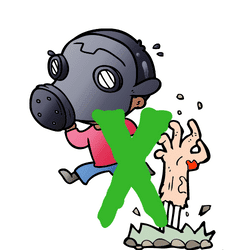
1). Do not panic. Even if you live or work in a radon gas prone area, your home or workplace may not be affected.
2). Establish the facts by testing for radon. There are acceptable levels as well as higher levels. Establish your level of risk with a test kit that will advise you accordingly.
3). Radon gas release from the ground does not cause a problem outdoors. You are not at risk walking around conducting your daily life.
4). Radon gas is easily diluted by ventilation. Use the tips above to prevent it seeping into your property, thus forcing it away to the atmosphere where it will quickly dilute.
5). Radon gas formation and release from the ground is a natural occurrence all over the world. It is not a man made problem and can be just as prevalent in the countryside as in urban or industrialized areas.
More Information About Radon Gas. https://www.ukradon.org/information/whatisradon
Radon Sampler Starter Kit.
Get short term results analysed to sample for Radon Gas
PRO LAB RADON GAS TEST KIT
Test for Radon gas release over the longer term. Great for continual monitoring.
Get the best prices and fastest delivery HERE
What is Toxic in Your Environment and What Isn’t.
Discover the day-to-day things that are potentially affecting your health or making you ill.

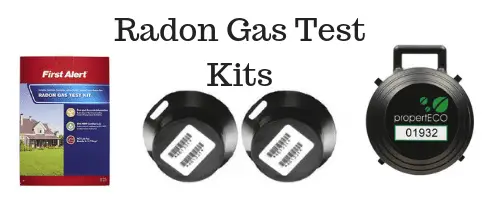
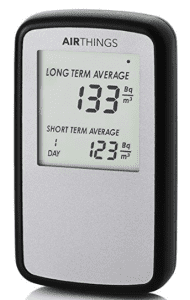
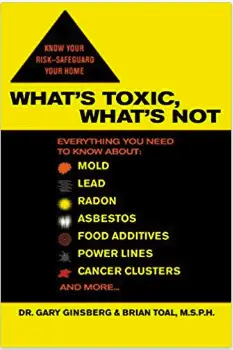
2 thoughts on “How to Reduce Radon – 5 Top Tips”